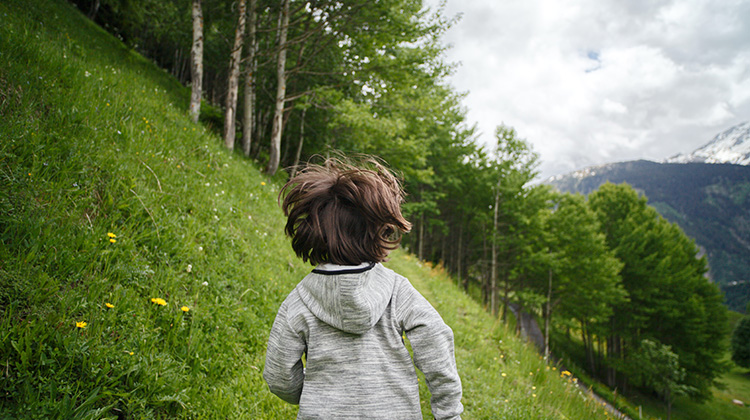The importance of fostering the ecosystem of resilience in schools

Schools are dynamic and diverse places; almost always microcosms of the communities they are situated in. A microcosm by definition is a place that has the miniature characteristics of something much larger. In science, microcosms are considered artificial and simplified ecosystems that when simulated in a controlled setting, help us predict how a natural environment might behave. Scientists use these settings to experiment and test relationships between humans, their physical environments and other living things around them.
If we think of a school as a natural ecosystem, it’s easy to see why they attract so much attention. Humans are born as natural scientists, and from an early age, we have a desire and instinct to explore the world around us. Research teaches us that curiosity is the driving force that motivates humans to seek out new and novel stimuli, and teaches us that most exploration is in fact triggered by challenge.
Despite many people feeling like our current times are the most challenging they have encountered, overcoming trials and change is not new for the human race. The difference now is that the world is changing faster than ever before, and the ability to cope and adjust has become hindered and compromised.
Coping with life’s challenges is impacted by multiple facets, and in many cases the resilience-based knowledge and attributes to overcome adversity have not been adequality modelled, taught or developed. Also of interest is the significant links to higher levels of life satisfaction and wellbeing when these attributes are activated as a method of coping.
The development of these attributes is influenced by a person’s life experience and include aspects of our environment, our home and family life, our biology and cultures and communities we are part of. These attributes help us determine our self-concept and identity, which include all the ways in which we perceive ourselves.
Our schools have the unique challenge to not only help students build resilience knowledge and attributes, however, ensure that these same attributes are developed in teachers and school leaders to adequately support the increasing needs of our student cohorts. Furthermore, if we want sustainable change and impact, we must do this in partnership with our parent community, through common language and education.
In practical terms, building a resilience culture in a school needs to consider the whole ecosystem, and is a delicate balance of support for students, teachers and parents. To strengthen this culture, adopting approaches that help build a supportive, inclusive and protective school environment is the key.
The emphasis for school leaders should be on ways that help increase self-awareness and self-reflection as a practice, moving beyond the narrow focus on providing feedback on learning, teaching and extending to assist in the building of transferrable skills.
These transferrable skills are those which can be developed as coping strategies when needed to overcome adversity in not only learning challenges, but also life challenges. They include skills like, solutions focused outcomes, conflict resolution, problem solving, critical thinking skills, effective decision making and emotional regulation.
For both teachers and students alike, these may be strengthened by increasing techniques like mindfulness, education in the practice, benefits of gratitude and extending exercises that allow and encourage persistence and patience.
Like most whole school initiatives, the resilience builders are better enhanced by ensuring we also create school cultures that can support peer mentoring and positive role modelling (for teachers, students and parents), have strong leadership, promote a strong sense of belonging and help others identify their purpose and direction.
Building resilience cultures in schools might seem like hard work, and supporting and balancing the needs of the whole school community can be challenging. However, the benefits for students and educators far outweigh the discomfort that may be felt as we upskill and train teachers to tackle this content and concept appropriately.
Picture by Jonas Mohamadi from Pexels